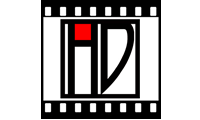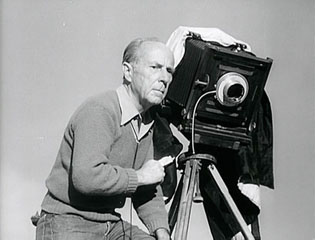Product Description
Edward Weston, Elbow, Gelatin Silver Print 1935


EDWARD WESTON (1886-1958) USA
Elbow 1935
Gelatin silver print
Signed: 12-40. Edward Weston 1935 (pencil below photo)
Framed H: 17” x W: 14 9/16”
Edward Henry Weston was an American photographer, and co-founder of Group f/64. Most of his work was done using an 8 by 10 inch view camera. Weston was renowned as one of the masters of 20th century photography. His legacy includes several thousand carefully composed, superbly printed photographs that have influenced photographers around the world for 60 years. Photographing natural landscapes and forms such as artichoke, shells, and rocks, using large-format cameras and available light. The subtle use of tones and the sculptural formal design of his works have become the standards by which much later photographic practice has been judged.
Ansel Adams has written: “Weston is, in the real sense, one of the few creative artists of today. He has recreated the matter-forms and forces of nature; he has made these forms eloquent of the fundamental unity of the world. His work illuminates man’s inner journey toward perfection of the spirit.”
Edward Weston, Elbow, Gelatin Silver Print 1935
BERENICE ABBOTT (1898-1991) USA
Beams of Light Through Prism c. 1960
Silver gelatin print
Signed: BERENICE ABBOTT (in pencil below photo)
H: 25 ½” x W: 26 7/16” (framed)
